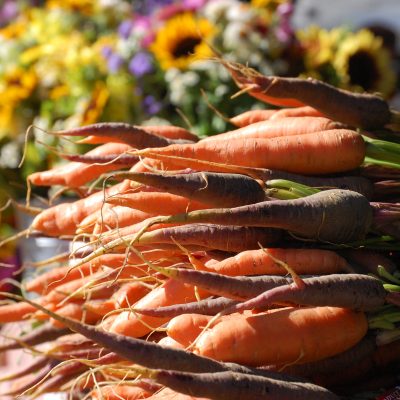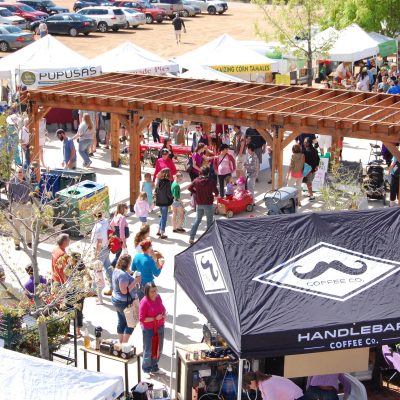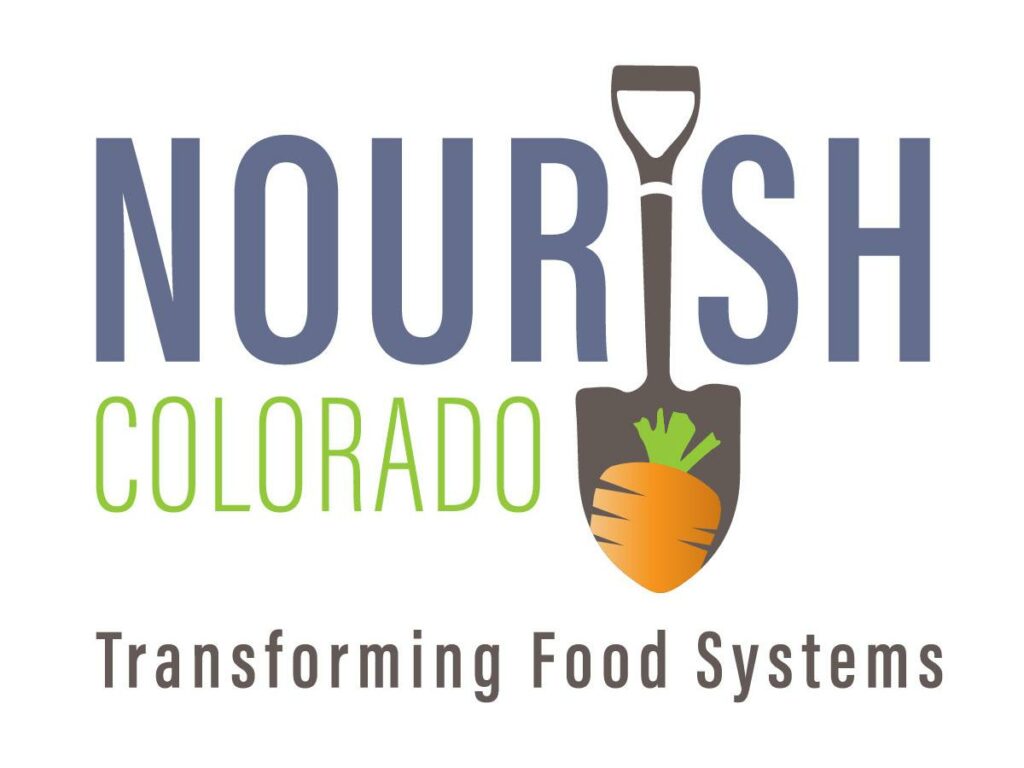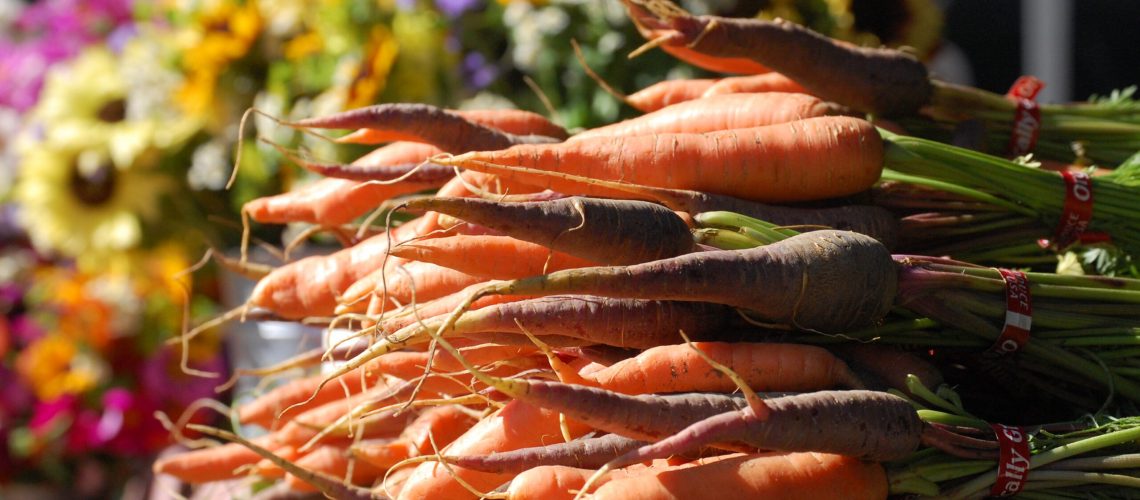“But where are the tomatoes?”
It’s a common question Nat Seals, manager of the Colorado Farm and Art Market, gets at her early season market. Most of us are used to having a rainbow of options available to us in the produce section of our local grocers, be that in February or early May, of fruits from tomatoes to mangos. “People are used to having all these options at every point in the year,” Nat explains, “but people don’t realize that even in June if you’re buying tomatoes at a grocery store, they’re probably coming from California. There’s a disconnect between people and their food.” Nat Seals is all about making connections.
 Seals explains how farmers markets are uniquely positioned to connect consumers to their food. Roughly 90 percent of the food sold at the Colorado Farm and Art Market is “cottage food,” according to Seals, and 100 percent of it is grown in Colorado. This means the produce is not only grown locally, but also that anything that comes pre-made or packaged was made by hand in a local, non-commercial kitchen.
Seals explains how farmers markets are uniquely positioned to connect consumers to their food. Roughly 90 percent of the food sold at the Colorado Farm and Art Market is “cottage food,” according to Seals, and 100 percent of it is grown in Colorado. This means the produce is not only grown locally, but also that anything that comes pre-made or packaged was made by hand in a local, non-commercial kitchen.
“So when that person asks why there aren’t any tomatoes for sale, that’s an opportunity for the vendors, who are all local farmers, to explain seasonality and what is being grown in Colorado Springs right now.” The farmers market is a place for consumers to learn about their food directly from the people who are growing, baking, and selling it. The result, according to Seals, is that consumers come away with better knowledge of their local food system, new ideas about what fresh foods to eat and when they are at the peak of ripeness, and all the effort involved in bringing that food to their table.
 Farmers markets are also great places to connect with consumers who might not be able to afford fresh produce from local grocers. The Colorado Farm and Art Market is one of 30+ markets participating in Double Up Food Bucks Colorado, a program designed to double the amount of fresh fruits and vegetables SNAP participants can purchase at farmers markets and select retailers. “Some people don’t think SNAP clients would be interested in shopping at farmers markets, but they’re just like anyone else.” For Seals, who grew up on food stamps, it’s all about making the connection and meeting shoppers where they’re at. “If you make the food affordable and you make the market accessible, they will come.” The Colorado Farm and Art Market, which just this summer opened a location downtown closer to major transit lines. “We’ve quadrupled our SNAP sales with Double Up Food Bucks and opening a new location,” says Seals, “Everyone deserves good, whole food.”
Farmers markets are also great places to connect with consumers who might not be able to afford fresh produce from local grocers. The Colorado Farm and Art Market is one of 30+ markets participating in Double Up Food Bucks Colorado, a program designed to double the amount of fresh fruits and vegetables SNAP participants can purchase at farmers markets and select retailers. “Some people don’t think SNAP clients would be interested in shopping at farmers markets, but they’re just like anyone else.” For Seals, who grew up on food stamps, it’s all about making the connection and meeting shoppers where they’re at. “If you make the food affordable and you make the market accessible, they will come.” The Colorado Farm and Art Market, which just this summer opened a location downtown closer to major transit lines. “We’ve quadrupled our SNAP sales with Double Up Food Bucks and opening a new location,” says Seals, “Everyone deserves good, whole food.”

